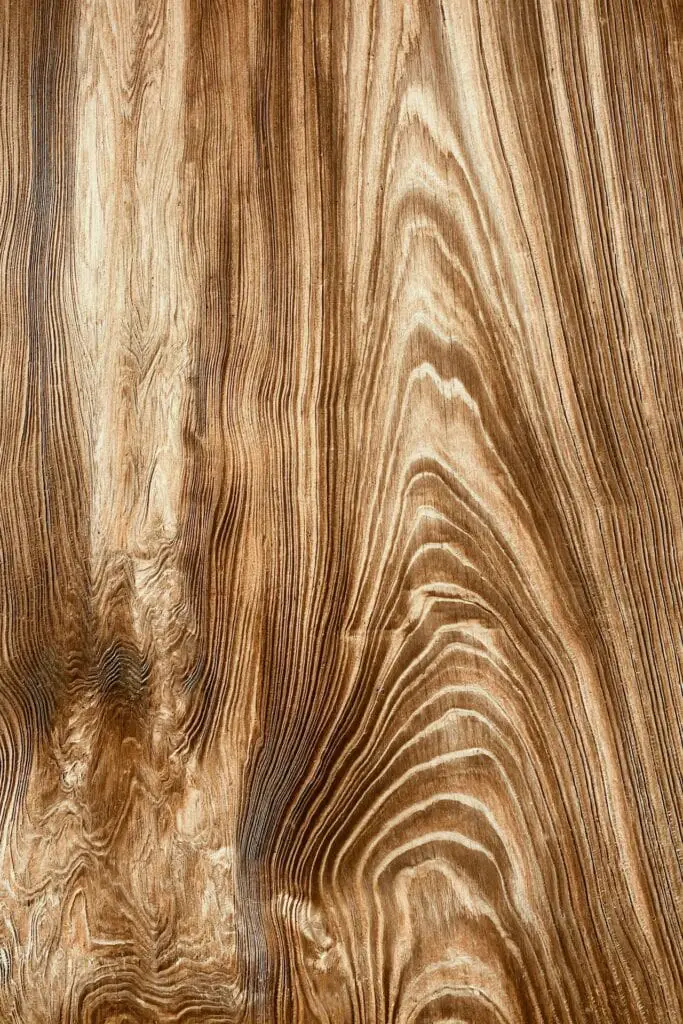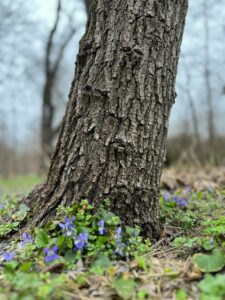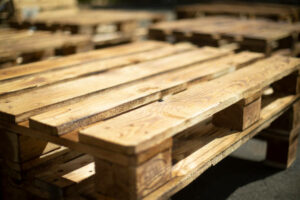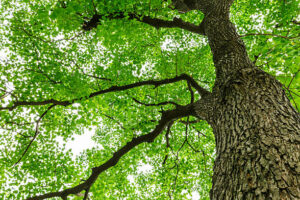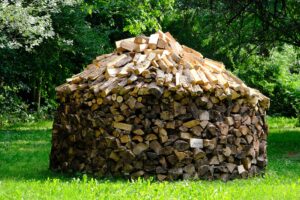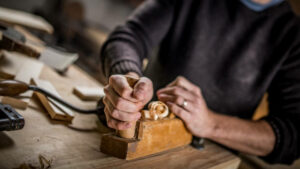If you’ve ever worked with wood, you may know that not all lumber is created equal. Understanding softwood and hardwood lumber grades can help you choose the best material for your project’s needs. Different grades of lumber are based on the number of usable clear cuttings in a board. The highest grading categories are FAS and Select, followed by No. 2 Common.
Firsts and Seconds
A variety of factors go into determining lumber grades, which serve as a standardized way to comprehend the quality of wood and make sure it meets industry standards for construction and manufacturing applications. Whether you’re a professional woodworker or just getting started, it’s important to understand the different grades of lumber so that you can choose the right materials for your next project.
The different lumber grades are based on appearance and defects, with trained inspectors using standardized criteria to determine their value. Wood is not grown with uniform consistency, so it’s common for lumber to have some defects and blemishes that can affect its appearance and structural integrity. Lumber grading systems establish a degree of reliability in the appearance and structural value of milled wood products, giving homeowners, artisans, and builders confidence in their finished results.
Firsts and Seconds (FAS) and FAS One Face are the highest lumber grades, suitable for high-end furniture, decorative veneers, musical instruments, and other projects where aesthetics are a priority. FAS grade lumber is distinguished by its superior appearance, with minimal defects and a consistent color that provides a clean, polished look. Selects grade lumber, which is lower in quality but still a desirable choice, has less noticeable defects than FAS, and can be used for cabinetry, paneling, and flooring.
Structural light framing is a group of lumber sizes that are best suited for non-load-bearing walls and windowsills. This grade is split into three categories: utility, construction, and appearance. The differences between the grades are in how much of the board is clear and how many knots are allowed, as well as the strength and size allowances.
The higher grades of lumber have a greater yield, meaning that you will have more clear boards available for your project. This makes them more expensive but also means that they will be better suited for structural projects. Lower grades of lumber have a higher number of defects and a smaller yield. This grade is usually not sold at lumberyards but is often used by home improvement stores to supply remanufacturers and manufacturers for utility and building purposes.
Select
Choosing the right lumber grade is an important decision when it comes to a project. Different grades have varying characteristics that will impact the appearance and strength of the finished product. Understanding the different grading systems for softwood and hardwood lumber will help you decide which is the best choice for your needs.
When it comes to evaluating a piece of lumber for its appearance, the higher the grade, the better. Higher quality lumber will have fewer and smaller defects, as well as a consistent color. This type of lumber is most often used for cabinetry, furniture, moldings, and other projects that require a high-quality finish.
Appearance grades are divided into categories, including Select, Selects, and Common. Select appears to be the most desirable of these, allowing for small tight knots and being nearly perfect on one side. This lumber is best suited for fine furniture, exposed cabinetry, trim, shelving, and flooring.
The next higher-appearance lumber grade is FAS or F1F, which requires a minimum yield of 83 1/3 percent clear face cuttings. This is the highest lumber grading standard for both appearance and structural qualities. It’s ideal for moldings and joinery products like door frames, architectural interiors, and furniture requiring long, wide cuttings.
The lowest of the appearance grades is No. 1 Common, which may contain some tight knots but is otherwise relatively defect-free and easy to paint. This lumber is perfect for kitchen cabinets, shelving, and plank or strip flooring.
Construction grade refers to lumber that is suitable for framing and other building applications. This includes joists and beams but not sheathing or subflooring. It’s typically less expensive than higher-grade lumber and can have knots as long as they are sound, firm, encased, and tightly spaced.
A lower-grade lumber option is a utility, which has a greater focus on functionality rather than appearance. This is ideal for wall framing, windowsills, and other applications where the lumber won’t be visible. It can have knots, but they must be sound, firm, and encased and are allowed to be more numerous than in the higher-grade lumber. It’s usually less expensive than higher-grade lumber, but it does have more splits and knotholes, which can hinder paintability.
No. 1 Common
This grade is geared toward construction applications that don’t require a lot of strength or aren’t highly visible. It includes a wide range of defects, but it’s not as strict in judging appearance as the Firsts and Seconds or FAS One Face grades. This is a good choice for crates, pallets, and sheathing. It can also be used for furniture that doesn’t need a lot of structural support.
Like the Select grade, this lumber is a shop grade that provides a balance between cost and quality. This is typically what you’ll find at a retail lumber yard and is popular for a variety of woodworking projects, including furniture with a rustic charm. It’s also commonly used for flooring and siding that doesn’t need to be very strong or water-resistant.
The defining characteristics of this grade are tight knots that aren’t likely to fall out. It’s a good option for shelving and paneling that will be painted over since it can stand up to some rough handling. It’s less expensive than the higher FAS grades, so it’s a popular choice for builders.
Lumber of this grade has a few sound and dead knots but no encased knots or severe soft rot. It’s a bit softer in grain swirls and mineral streaks than the Select Fir, sts, and Seconds grades, but it’s not as hard as the Common lumber.
A minimum of 66 2/3 percent of clear face cuttings must be present in this grade. This is the lowest-yielding of the softwood grades, but it’s still more than enough for most projects.
This is the final softwood grade before the stress grading grades that are reserved for load-bearing components such as posts, studs, rafters, and joists. This is a combination of both appearance and defect gradings, with the goal being to sort the lumber based on how well it will hold up under loads and working stresses. It’s a tough balancing act that often results in the lumber having both a good appearance and excellent durability. It’s not as durable or as long-lasting as the Firsts and Seconds and FAS One Face grades, but it’s still a very good choice for most projects that require wood to be stable.
No. 2 Common
To make use of lumber that is as beautiful and useful as possible, it’s essential to understand the available different grades. Each grade has unique characteristics that impact not only the appearance of the wood but also its structural integrity and cost. By gaining a better understanding of these grading systems and considering your project requirements, it’s possible to find the perfect piece of lumber for any endeavor.
The first three higher quality grades, FAS (Firsts and Seconds), FAS One Face, and Select, are ideal for moldings, joinery products, furniture pieces, and any other product that requires long clear cuttings. These are followed by No. 1 Common, a shop grade that is less expensive than the upper grades but still of high enough quality for most applications.
No. 2 Common is a construction grade that is used for framing and other utility purposes. While it doesn’t have the same aesthetically pleasing qualities as the higher appearance grades, it is strong and durable. This grade allows for a moderate number of knots, but they must be well-spaced and not exceed size regulations. It’s a great choice for those who want the look of knotty pine but prefer a sturdy construction grade.
Other lower-quality grading options include G4-3, which is suitable for lower-quality decking and sheathing, as well as packaging wood. This grade is allowed to have large knots and extensive wane as well as bark-encased scars, blue stains, firm rot, through checks, and wavy grain.
Another grading option is stress-graded lumber, which is used for structural joists and planks. This is often called “economy” grading because it has the most defects and waste areas of all the softwood grades. Stress-graded lumber is not recommended for load-bearing walls or roof rafters and joists, but it’s great for utility applications and even for making formwork and molds.
Other grading options include spruce and fir grade designations that are similar to the NHLA grading system. These are based on a combination of visual inspections and mechanical tests that ensure the lumber will be strong and durable when it’s used in construction.
